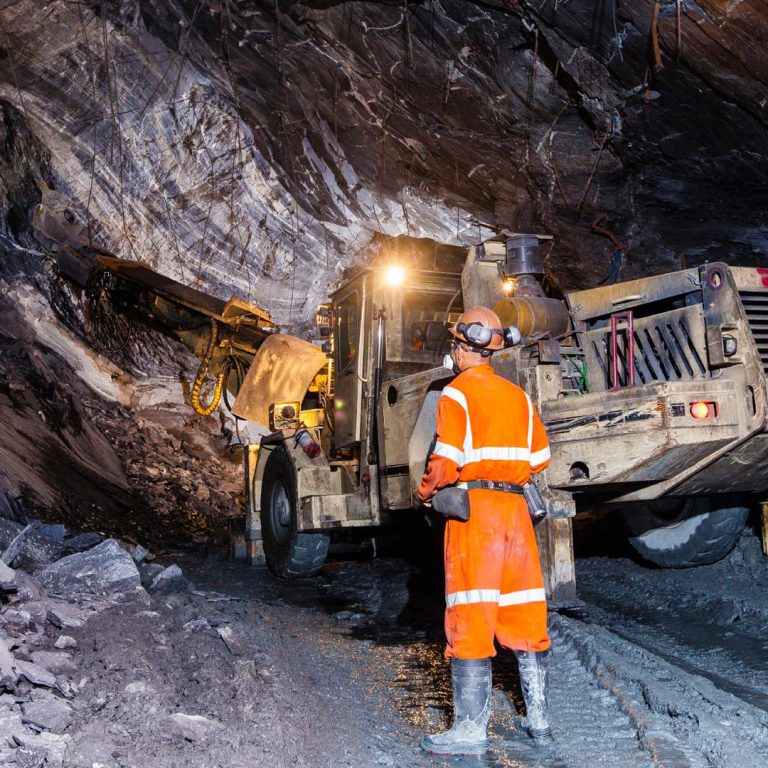AngloGold Ashanti says it is weighing up the potential introduction of battery-electric vehicles at its Cuiaba mine in Brazil as a small part of a wider initiative to achieve a 30% absolute reduction in its Scope 1 and 2 Greenhouse Gas (GHG) emissions by 2030.
The company says this carbon emission reduction target could be met through a combination of renewable energy projects, fleet electrification and lower-emission power sources. The company has already reduced its absolute GHG emissions by more than two thirds since 2007, and remains committed to achieving net zero emissions by 2050.
The targeted reduction announced today, from a 2021 baseline of 1.4 Mt of carbon dioxide equivalent (CO2e), aims to see emissions from the company’s activities diminish to about 1 Mt by the end of the decade. When growth projects are factored in, including those in Nevada and Colombia, AngloGold Ashanti is targeting a 46% reduction in emissions by the end of the decade.
The capital cost required to achieve these reductions over the coming eight years is anticipated to be about $1.1 billion, of which $350 million will be funded over that period by AngloGold Ashanti and the remaining $750 million through third-party funding, including from providers of renewable energy infrastructure. The company plans in the coming weeks to initiate a process to secure a green funding facility of $250-300 million to finance its portion of these decarbonisation initiatives across its business.
“We have a clear pathway to achieve our target by 2030, when we expect to have lowered our overall emissions by almost a third,” AngloGold Ashanti Chief Executive Officer, Alberto Calderon, said. “This ensures we continue to do our part in reducing our carbon footprint, while also improving the value of our business.”
The targeted reductions announced today incorporate initiatives at each business unit including the introduction of renewable energy, cleaner grid power and partial fleet electrification.
Approximately 60% of the planned emissions reductions will come from large renewable energy projects including wind and solar projects at the company’s Australian operations and solar-power plants at both Siguiri in Guinea and the Iduapriem and Obuasi operations in Ghana, AngloGold said. In addition, a prefeasibility study has commenced at the Cuiaba mine in Brazil to confirm the benefits of replacing some mobile fleet with battery-electric vehicles. AngloGold will also be working with Sandvik to trial underground mining’s largest-capacity BEV truck, the 65-t payload TH665B at Sunrise Dam.
The Cuiabá complex includes the Cuiabá and Lamego underground mines and the Cuiabá and Queiroz plants. Ore from the Cuiabá and Lamego mines is processed at the Cuiabá gold plant. The concentrate produced is transported by aerial ropeway to the Queiroz plant for processing and refining. Total annual capacity of the complete Cuiabá circuit is 1.75 Mt.
The viability of a wind farm at Cerro Vanguardia in Argentina is also being investigated. The vast majority of these projects are expected to be NPV-positive adding value to the business by reducing energy costs and improving energy security, the company said.
Two “clean grid” initiatives are already close to completion – a switch from diesel generation at the Geita mine site in Tanzania to the country’s national power grid, which has a high proportion of power sourced from gas and renewables, and the transition to full hydro-grid power in Brazil.











